One of the greatest Flemish artists in history spent nearly a decade in Italy at the beginning of the 17th century and this influenced him a lot.
This didn’t just reflect in the art that Peter Paul Rubens (1577-1640) produced around this time, but also in his architectural taste.
He purchased a house in his native city in 1610, a year after he came back from Italy, and completely transformed it into an Italian-style palace.
In this article, you’ll discover some of the most interesting facts about the Rubenshuis, one of the most famous buildings in Antwerp.
1. It’s located between the Royal Palace and the theater in the heart of Antwerp
The Rubenshuis or “Rubens House” is the former residence and studio of renowned Baroque artist Peter Paul Rubens, a man who is considered to be one of the greatest artists of the 17th century.
When Rubens bought this Flemish townhouse, it was located at the “Vaartstraat,” a reference to a canal called the Herentalse Vaart.
The house was located on the banks of this canal in the heart of the city. Today, the canal has been transformed into the “Wapper,” a pedestrian sidestreet of the Meir, Antwerp’s most famous avenue.
The house is situated between the Paleis op de Meir, an 18th-century palace that was once owned by Napoleon Bonaparte, and Stadsschouwburg Antwerp, a popular performing arts center.
The magnificent Antwerp Central train station is located just walking distance to the east of the house so it’s easily accessible.

2. Rubens purchased a Flemish townhouse a year after he got married
Rubens spent the first decade of the 17th century in Italy. This was shortly after he was accepted at the local Guild of Saint Luke in Antwerp in 1598, the year he became an independent master.
He only returned home because his mother became gravely ill in 1608. She already passed away before he got home in 1609.
There was good news, though, because he became the court painter of Albert VII, Archduke of Austria, and Infanta Isabella Clara Eugenia of Spain, the rulers in the Low Countries at the time.
This provided him with financial means to buy a large townhouse in central Antwerp in 1610, the year after he married a local woman named Isabella Brandt.
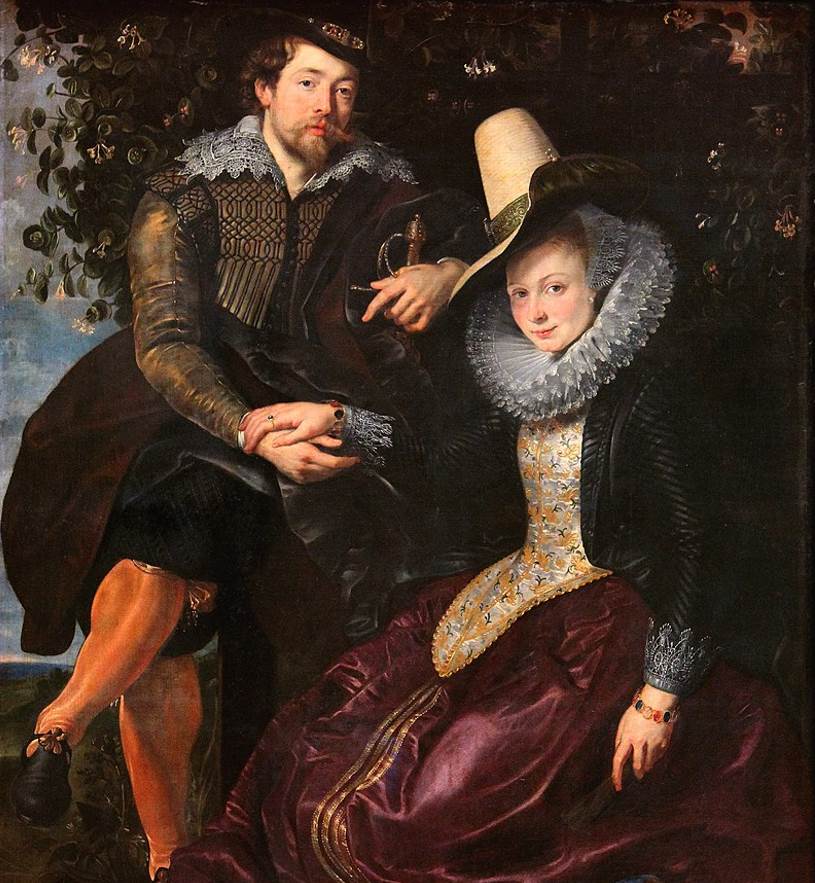
3. Rubens designed the building and transformed it into a Renaissance palace
During his extended trip to Italy, he was highly influenced by Italian artists of which the works he came across.
This is clearly reflected in his style during this period which shows signs of the compositions of Titian paintings and the use of chiaroscuro in Caravaggio paintings.
He also became fascinated by Renaissance architecture, especially the opulent palaces that were constructed in various Italian cities.
The exterior of the Rubenshuis is in sheer contrast with the stunning portico and monumental courtyard of the building, both elements that were added by the Flemish artist.
Rubens was not an architect but had enough skills to not only design his own house but also write a book. He published Palazzi di Genova in 1622, a work that he illustrated as well.
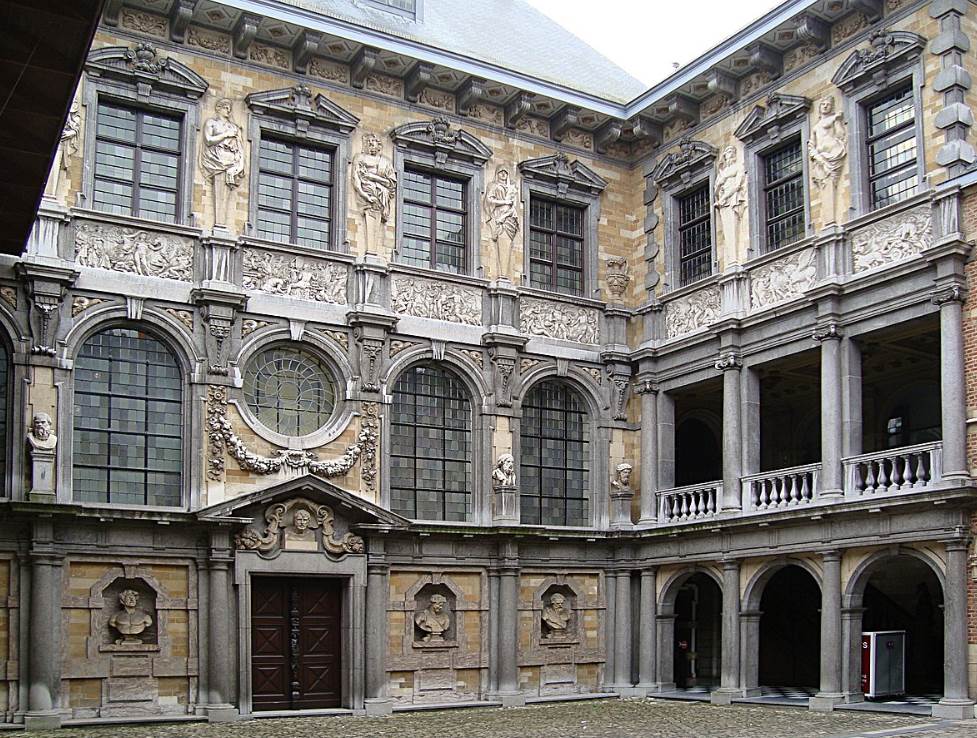
4. The Flemish artist also designed the adjoining Baroque-style garden
Rubens’ influence wasn’t just limited to the design of many parts of his new Renaissance-style residence in Antwerp, he also designed the adjoining garden.
This garden was designed in the Baroque architectural style that was common at the time and can be accessed from the pen courtyard of the building.
It’s a great place to hang out in the heart of the bustling city of Antwerp, especially on a nice Summer’s day.
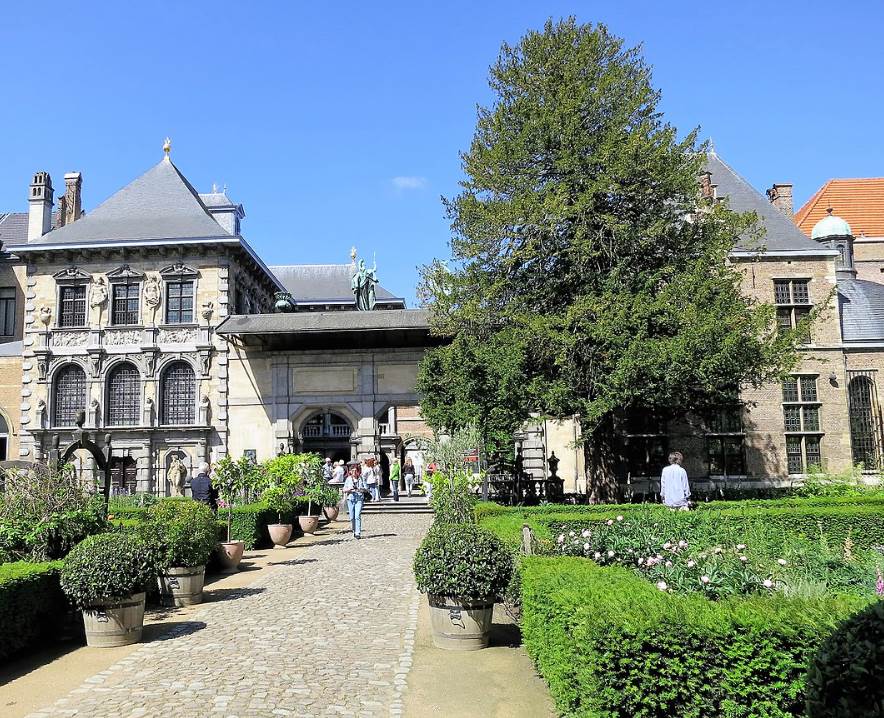
5. Rubens spent most of his life here and established a successful studio
Not only was he a great painter, but Rubens also spoke 5 languages. This was something that served him well on the many diplomatic missions he conducted during his lifetime.
He was generally liked by everybody he came across. This is especially highlighted by the fact that he was knighted by both King Philip IV of Spain and King Charles I of England.
Regardless of his many travels, he spent most of his life living and working in the Rubenshuis. He had a private studio but also a huge studio full of students who completed commissions for him (he added the final touches to these works).
Yes, because of his connections and talent, he was one of the most sought-after artists in Europe in the first half of the 17th century.
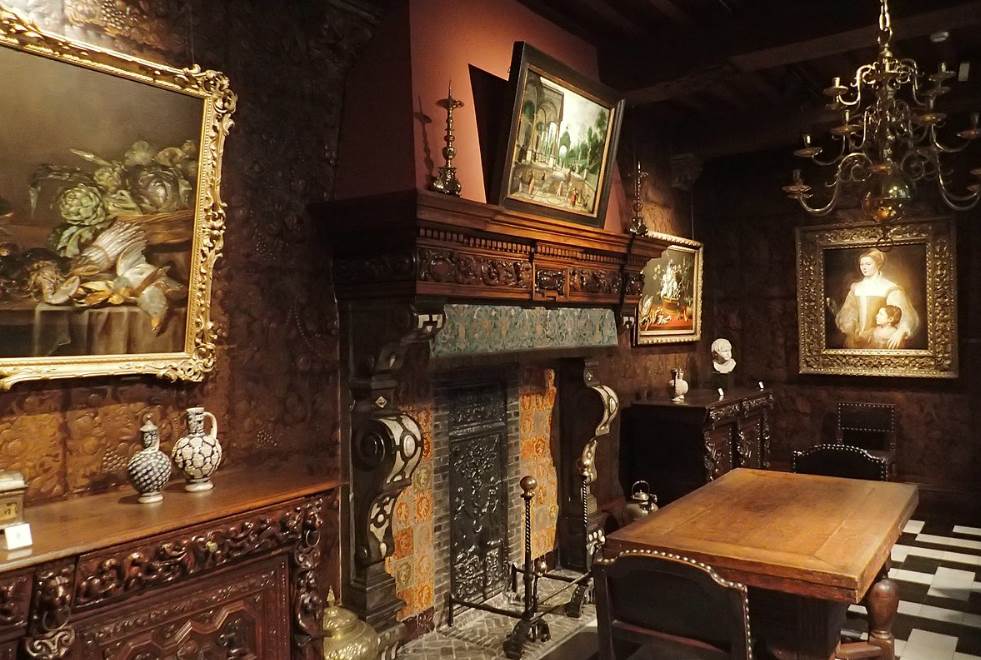
6. The house was occupied by an English duke following Rubens’ death
The house in Antwerp remained his busy studio for the rest of his life. he did, however, not live here during the final decade of his life.
His first wife, Isabella Brandt, died from a plague in Antwerp in 1626. Rubens didn’t waste much time because he married her 16-year-old relative Helena Fourment in 1630.
He moved to a castle called “Het Steen” in the rural area between Antwerp and Brussels the same year and lived here until he passed away 10 years later.
Following his death, Helena allowed an English duke named William Cavendish, 1st Duke of Newcastle (1593-1673) live here for a while. The house was eventually sold in 1660 when the duke and his wife moved out.

7. A research facility known as the Rubenarium is located just across the house
Just across from the garden of the Rubenshuis there’s another building related to the Flemish artist called the “Rubernarium.”
This is a research facility specialized in Flemish art from the 16th and 17th centuries. The facility collects works produced by artists who lived during this period.
Everybody who wants to research this fascinating period in the history of the Low Countries can access the incredible wealth of knowledge that the Rubenarium houses.
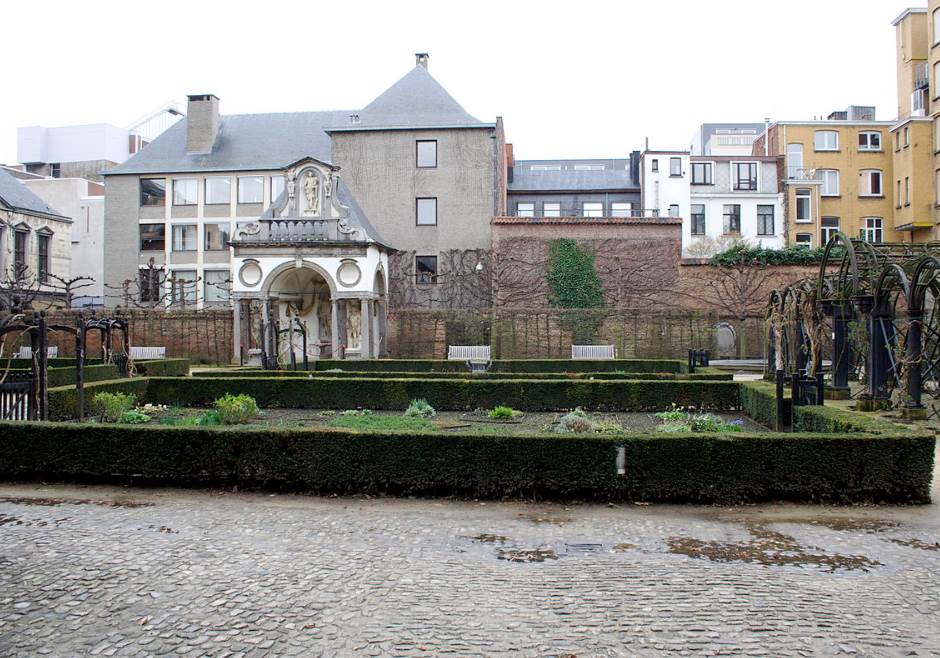
8. The Rubenshuis serves as a museum and houses an impressive collection of paintings
Rubens paid 8,960 guilders and offered some paintings to purchase the townhouse in Antwerp that he transformed into one of the most stunning landmarks in the city.
This house is now owned by the City of Antwerp which purchased it in the year 1937. The city renovated it and opened it to the public for the first time in 1946.
Today, it serves as a museum with paintings that has both works by Rubens and other artists on display, as well as contemporary furniture.
Some of the highlights are “Adam and Eve” (1610) by Rubens one of his early works, a self-portrait by the young Anthony van Dyck, and the huge “Neptune and Amphitrite in the Storm” (1644) by Jacob Jordaens.
Yes, this is definitely one of the must-visit attractions in Antwerp if you plan to visit this city in Belgium.



